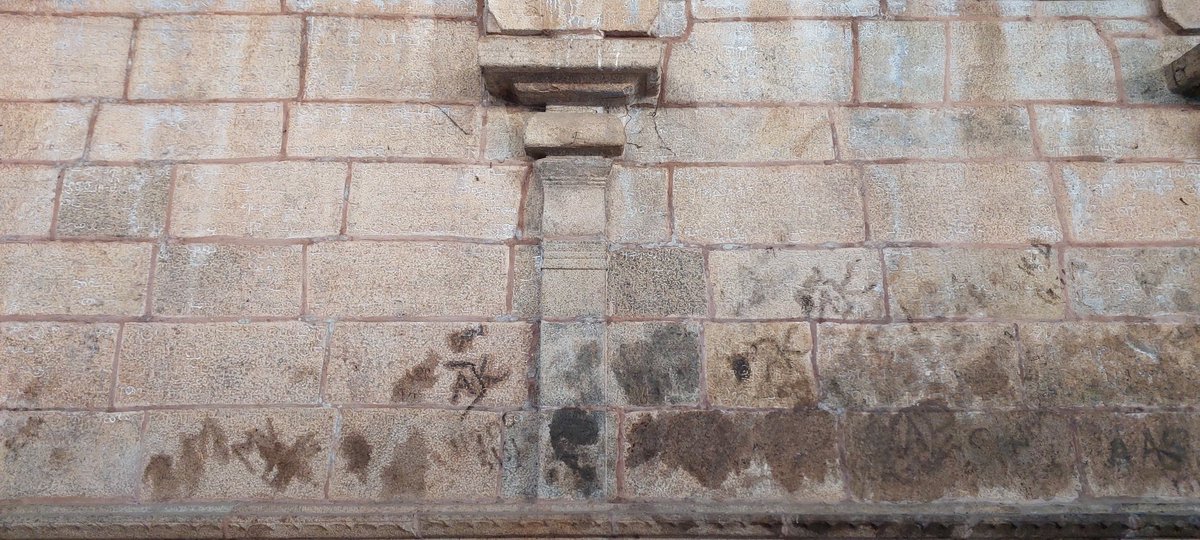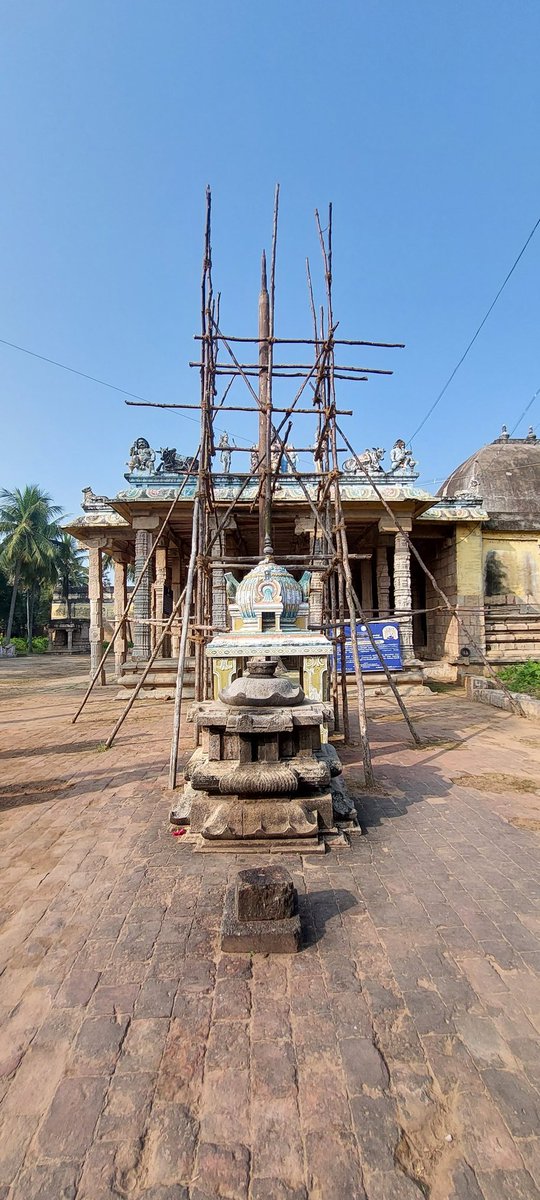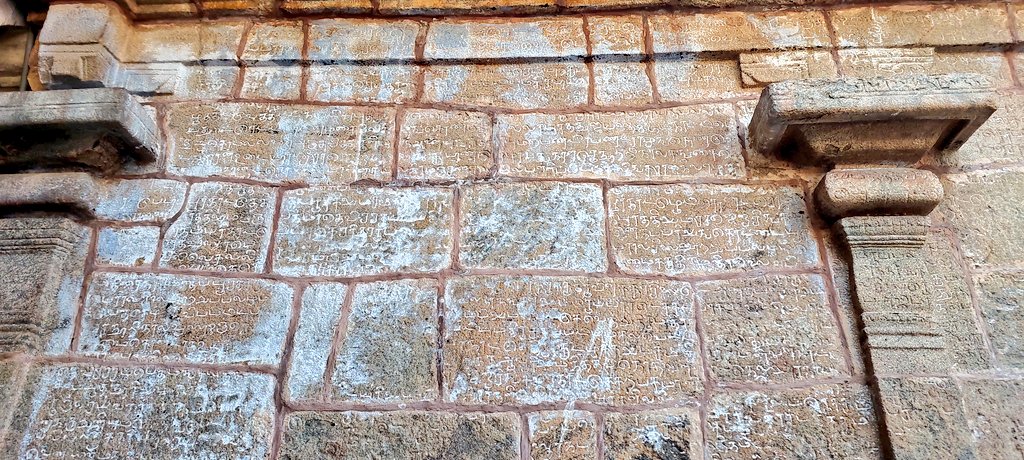Was speaking to my cousin in the US who is in the tech industry. He says this is such a great move to ban these Chinese apps by Modi govt. But asked me about PUBG, was surprised why it's not been in the list yet with Tencent owning the app 🤔
#ChineseAppsBlocked
#ChineseAppsBlocked
For more into this, PUBG mobile is Tencent's not bluehole's.
• • •
Missing some Tweet in this thread? You can try to
force a refresh




















